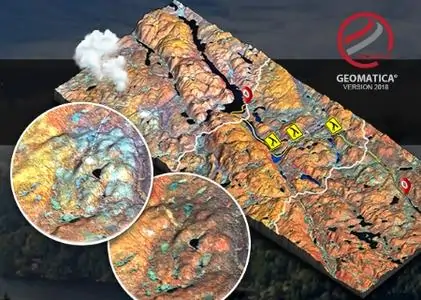Geospatial Analysis Software for Drones
Unmanned vehicles such as drones, UAVs and ASVs are used in the gathering of geospatial information for a wide range of commercial and military applications.
Unmanned vehicles such as drones, UAVs and ASVs are used in the gathering of geospatial information for a wide range of commercial and military applications.
The use of LiDAR data and geotagged aerial imagery, combined with geospatial analysis software, can provide valuable insight into the geographical characteristics and topographic features of previously hard to reach land and seascapes, including harsh and uninhabitable environments.
Using a systematic patchwork of unmanned captured images, drone processing software with geospatial functionality can output DEMs (digital elevation models), DTMs (digital terrain models), and DSMs (digital surface models), all of which are 3D representations of a terrain’s surface created from elevation data.

Geospatial analysis software can utilise data collated by unmanned systems such as drones and unmanned surface vehicles (USVs) for geospatial applications such as hydrology, terrain analysis and relief mapping, and may be used to provide accurate details for simulated flight environments. Photogrammetric software is often used alongside geospatial analysis software to determine accurate measurements of topographical features. This type of data is used in multiple commercial and military applications.
Drone mapping software is often used to determine a pre-set unmanned course following a series of waypoints and taking images or measurements at regular intervals. Each image is geotagged with its GNSS co-ordinates, to provide accurate data on its location. Overlapping images are then stitched together digitally to eliminate the possibility of any area being overlooked.
Geospatial technology is especially useful in the deployment of SAR Drones undertaking search and rescue operations in difficult and possibly hazardous terrain.